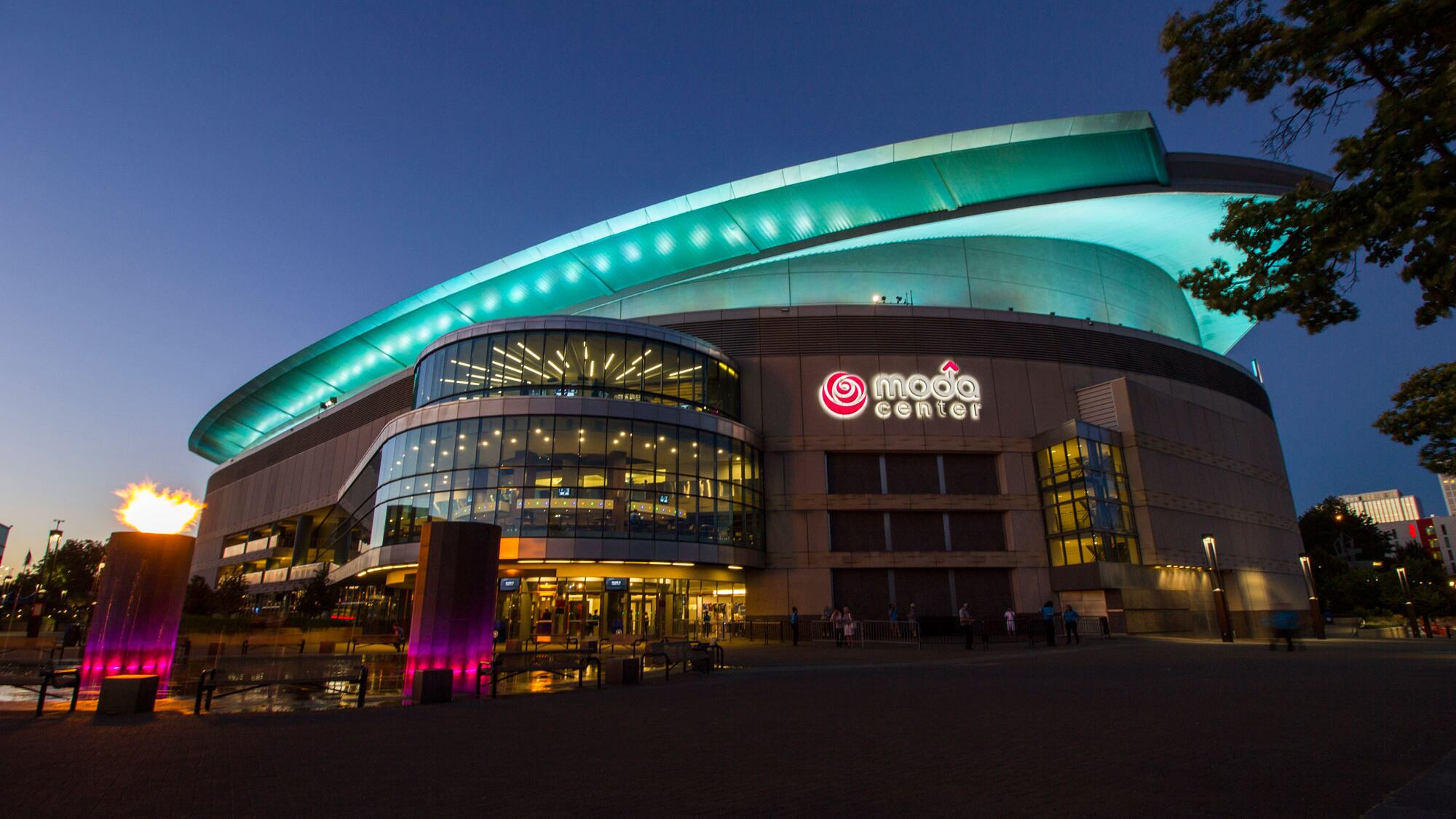A rare public spat between government agencies has overshadowed a potentially more significant development for the Interstate 5 Rose Quarter project: There's increasing pressure to spend more public money on the project, not less.
The regional government Metro made headlines on Monday by calling into question the veracity of the Oregon Department of Transportation's analysis of the project and its benefits.
Those strong words overshadowed another, less combative letter from Metro Council President Lynn Peterson, which called for ODOT to be racially sensitive in its approach to the neighborhood.
But that request signals support for the Albina Vision, a much larger and more ambitious investment in the historically black neighborhoods surrounding the highway.
In response to subsequent questions from WW, Peterson was explicit about her support for the Albina Vision. That ambitious concept for the Rose Quarter and lower Albina that includes capping the highway from Northeast Multnomah Street past Northeast Flint Street so that structures as tall as six stories can be built on them. (Current lids proposed for the highway may be able to support a two-story structure on overpasses.)
"Adding auxiliary lanes between I-84 and I-405 should make traffic flow more smoothly because of fewer merges and collisions, but none of that matters if the project doesn't help advance the Albina Vision and repair past injustice," Peterson said in a statement to WW. "Whatever happens must support the Albina Vision, the health of Portland's Black community and the health of students at Harriet Tubman."
Peterson's support for the Albina Vision concept is significant because she is expected to be championing a multibillion-dollar transportation package on the 2020 ballot.
It's not clear at this point whether the state would increase the funding for highway caps or whether it could become part of the Metro transportation package.
"The Metro Council has a policy that says that interstate capacity projects in the greater Portland region should be funded by the federal government and ODOT," Peterson tells WW. "But connections to the interstates are definitely part of the regional conversation. I'm interested in conversations about using regional resources to help support the health of communities around the Portland region, particularly in areas that have faced historic injustice."
Rukaiyah Adams, who is the chair of Albina Vision, wrote her own searing letter last week, calling on ODOT to conduct a environmental impact statement, a more careful analysis of the project. That could delay the project by years, though Adams said that's not her point in calling for it.
The highway project "is a once-in-a-generation opportunity to build over the divisive, trenched highway and reconnect inner east Portland neighborhoods to the Willamette River. Let's take the opportunity to fix the problem that was created when l-5 was originally constructed," wrote Adams, as first reported by BikePortland.org.
"The structure of the caps as currently designed, with a 300 pound-per-square-foot live load capacity, is sufficient to carry two-story buildings," Adams wrote. "With design adjustments, the caps have the potential to carry much more. AVT would support a RQIP with highway covers engineered to be capable of bearing six-story buildings that could be used for affordable residential and commercial spaces to ease the transition between lower Albina and'the Lloyd Commercial District immediately to the east of the RQIP."
Adams is a behind-the-scenes force in Portland politics. And her chief aim, the letter makes clear, is getting as much of the Albina Vision funded as she can.
In fact, Portland Mayor Ted Wheeler joined Peterson in a April 4 letter to Tammy Baney, chair of the Oregon Transportation Commission, which sets policy in the state, backing the idea that the project should be sensitive to the history of the area.
"Whatever happens in the Rose Quarter, it must account for the history of the construction of Interstate 5, take meaningful steps to repair the damage that construction caused and offer environmental, social and economic justice to Portland's Black community," they wrote.
Peterson declined to answer questions about whether she believed ODOT should revise its official environmental assessment of the project or even create a more thorough environmental impact statement, which could create delays.
